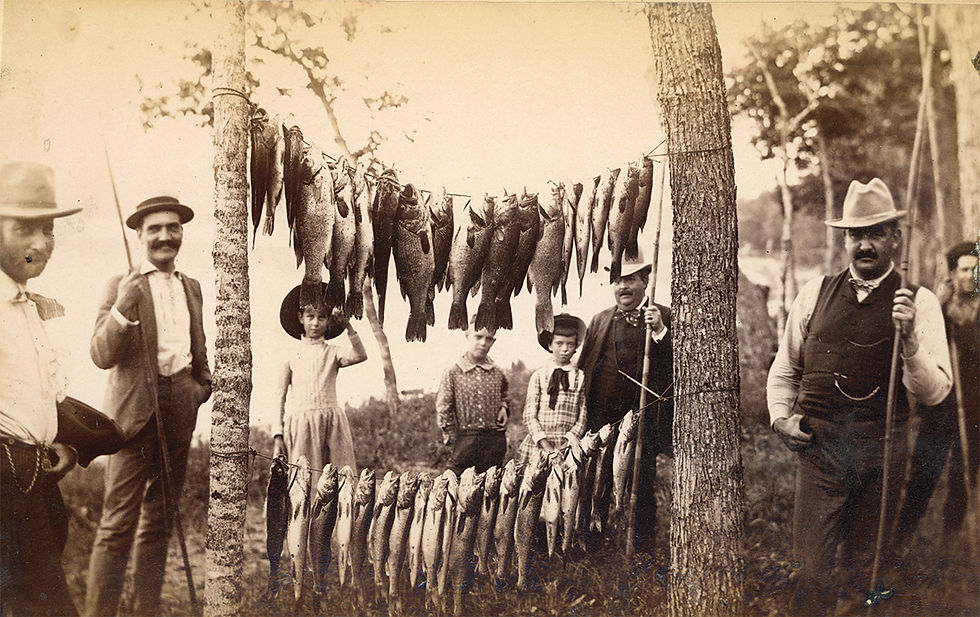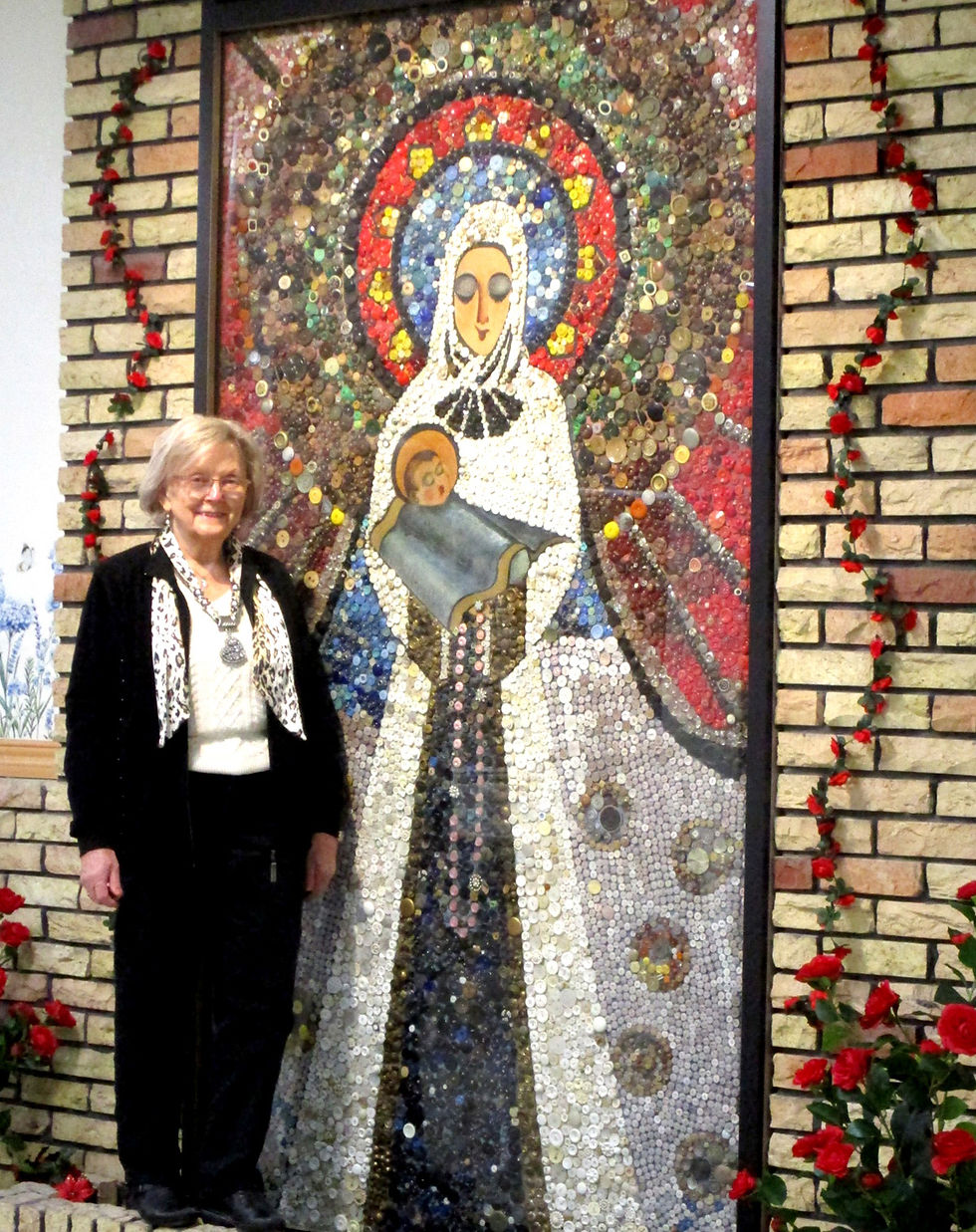Tales from a telegrapher
- Sr Perspective

- Feb 1, 2021
- 5 min read
Man looks back on career tapping the telegraph for Great Northern Railway
By Crystal Nutt
With snow blanketing the harvested fields, Orville Larson, along with his dad, noticed an ad placed in the Willmar Tribune. It was January 1948, and Gale Institute of Minneapolis was promoting a trade program for telegraph and station agents on the railroad. Just eight months out of high school, Orville could sense his career calling was on the horizon of the prairie.
Growing up on a small farm outside of New London, Orville was the third of seven kids. He attended country school through eighth grade and recalls using horses for field work throughout his childhood.
“I remember driving a tractor for the first time when I was about eleven,” said Orville. “Just before World War II.”

As a teenager, Orville went to New London High School, loved chemistry and dreamed of being a pharmacist. Following his high school graduation in 1947, Orville worked for his uncle Oliver on a nearby farm until the completion of harvest. Not only did that fall mark an end to the growing season but also a new beginning for Orville’s future. He had decided against farm life for himself, as it was too difficult to get started on his own.
“I could have stayed working for my uncle through the winter,” Orville said. “He offered to pay me $30 per month, plus room and board. In 1947, that was pretty good.”
But, a device allowing the transmission of printed information by coded signal over wire? Orville thought the idea of telegraphy was very interesting. So instead of farming, and for only the second time in his life, Orville caught a bus to Minneapolis – taking with him the distinct lessons and work ethic developed from a rural farm lifestyle. That foundation served him well for his forty-three years as a telegrapher.
Gale Institute was located on the corner of Lake and Hennepin in Minneapolis, and the school had existing partnerships with local homeowners who rented out rooms to students. For nine months, Orville and another telegraph student shared a room, used a common bathroom in the house and ate their meals at restaurants. The telegraphy training curriculum included telegraphy, station accounting, typing, railroad operating rules, whistling code and more.
“I worked days at Western Union installing automatic relay equipment and went to school in the evening,” said Orville.
In November 1948, Orville was hired by Union Pacific to work in Fort Lupton, Colorado, as what he described as a break-in student. One month later he began working as a telegrapher. He was first assigned to Cheyenne Wells, Colorado, then had a one-time overnight in Sharon Springs, Kansas, and last served as an operator in Denver.
It turns out his experience in Kansas was a test of courage.
“I rode the train over to Sharon Springs, and the four to midnight operator says, ‘Well, here’s what you do. This, and this and this.’ I said, ‘I’m going to have to break in for a day.’ And she said, ‘Oh no, you’re going to work at midnight,’” Orville remembered. “Not getting any sleep didn’t bother me. But not knowing what I was doing did,” laughed Orville.
Preferring the peaceful Minnesota prairie over the majestic Colorado mountains, in April 1949, Orville was happy to transition back to his home state and work for the Great Northern Railway.
Thinking about working in Minnesota again, Orville chuckles as he recollects that before leaving for Gale Institute in 1948, he talked to the depot agent in New London. The agent offered to teach Orville himself and encouraged him to not go to Minneapolis.
“Sometimes I look back and wish I would have done that,” Orville said. “It would have saved me a lot of money, and I would have been able to stay in the New London area. But that’s all water under the bridge now.”
His career with the railroad took a two-year pause in March 1951, when he was drafted for the Korean War. Because he was a telegrapher, they sent him to the third core artillery to be a radio operator in the states. Throughout his time in the army, he served in Nevada (where scientists were testing atomic bombs), Washington State and California.

“At Camp Desert Rock in Nevada, I served as a dining tent orderly for the high-ranking visiting officers,” Orville said. “When we got to Fort Lewis in Tacoma, Washington, we were asked, ‘Who can type?’ Our unit had about one hundred soldiers and three of us could. And we were all telegraph operators. I was assigned an intelligence clerk position where I kept track of filing intelligence papers. And my station at Fort MacArthur in sunny San Pedro, California, was tough duty, but someone had to do it,” joked Orville.
In March 1953, Orville was released from active duty. He transferred to active army reserve and began working for the railroad again. In March 1959, he met a beautiful young woman, Phyllis, on a blind date set up by his sister. The two married in 1960 and later had two girls, Kari and Laura.
“My wife was always very, very supportive of my career,” Orville said.
Throughout his 42-year career with the Great Northern, Orville worked at several stations, on various shifts and in differing roles – interacting with freight trains and passenger trains.
“I would say early on about 60 percent were freight and forty passenger,” said Orville. “Now it’s mostly freight.”
Other than a four-month stint in White Fish, Montana, all of his work was in Minnesota, with longer stays at stations such as Willmar as an operator for six-and-a-half years, Appleton as a depot agent for eight years, and Fridley and Arden Hills at the division office as chief clerk for 10 years.
A typical day as a telegrapher included communicating with other train stations via the telegraph device. Early in Orville’s career, he would also receive message for local businesses or community residents that he would pass along over the phone or deliver in person. In 1981, telegraphy was phased out and telegraph operators became clerks.
“We still did communications, but using a phone,” Orville said. “I used to call myself a ‘phoney’ operator,” he added with a laugh.
On Oct. 25, 1991 Orville retired from the Great Northern Railway at 62 years old. When asked what he enjoyed most about his time as a telegrapher, Orville said the telegraph itself. Just sitting down and communicating with dots and dashes. He also liked being a depot agent and communicating with customers – doing what he could to help them and selling tickets to passengers.
“People were usually excited because they were going somewhere,” said Orville.
In 2000, Orville and his wife, Phyllis, moved to Rochester to be closer to their daughters and help with their four grandchildren. In 2017, the two moved into a senior living facility in Onalaska, Wisconsin. And although he hasn’t used a telegraph machine in many years, Orville still communicates with others daily, keeping in mind the rich life experiences that have shaped him for 91 years.




Comments